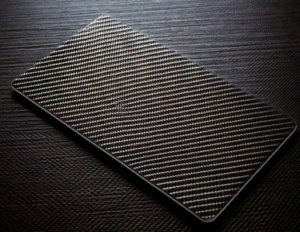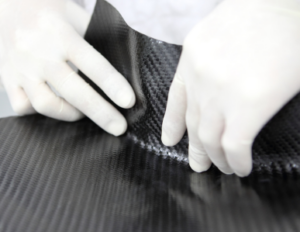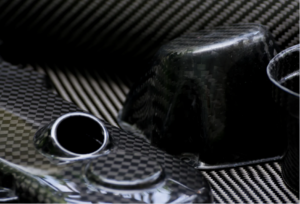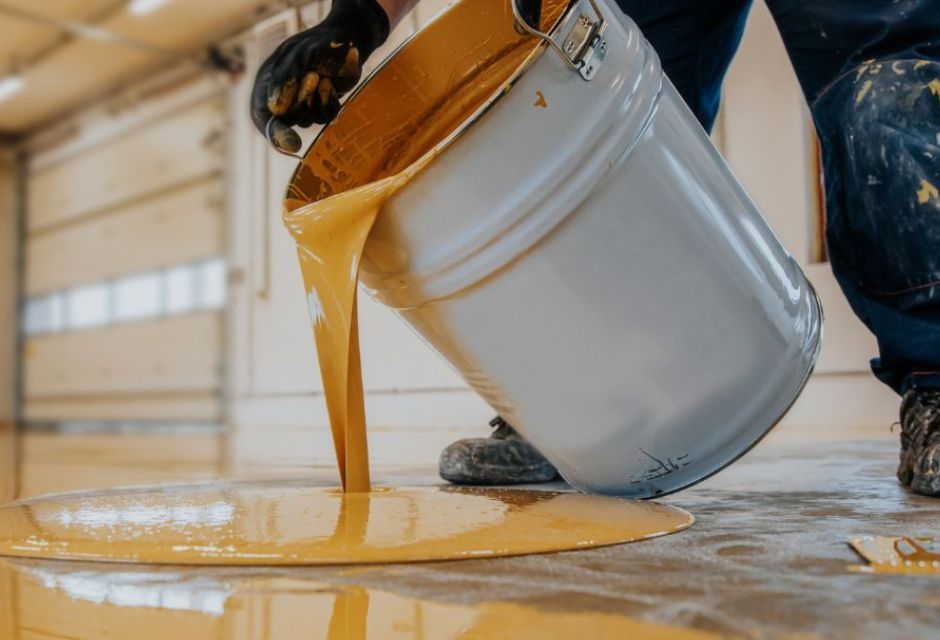
CFRP (carbon fiber reinforced plastic) is a lightweight, high-strength composite material made by solidifying carbon fibers with resin, and is attracting attention in a wide range of fields including aircraft and sporting goods.
Epoxy resins, which are chosen as the main bonding material, are tightly bound to carbon fiber to enhance performance, but they also have issues such as degradation due to ultraviolet light, curing time at low temperatures, and susceptibility to cracking due to their low toughness.
This article focuses on the advantages and disadvantages of epoxy resins used in CFRP, as well as countermeasures.
For more information about Taiga, click here.Table of Contents
What is the epoxy resin used in CFRP?
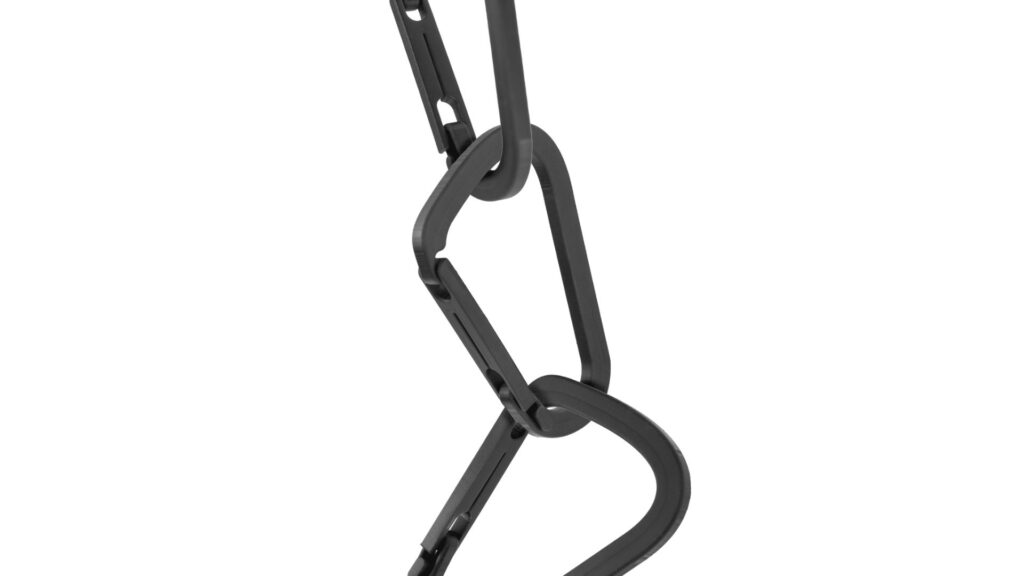
Epoxy resin utilized in CFRP is a type of engineering plastic with thermosetting characteristics.
Resins are divided into "thermosetting," which hardens upon heating, and "thermoplastic," which melts upon heating and hardens upon cooling. Epoxy resins are representative of "thermosetting" resins, and are used as matrix resins in many CFRP products due to their high strength, water resistance, and adhesiveness.
Another feature of epoxy resin is that it is lighter than other matrix materials and bonds well with carbon fiber, contributing significantly to the overall weight reduction of CFRP.
Advantages of Epoxy Resins
Epoxy resins are thermosetting resins with excellent mechanical properties, adhesion, and durability, and are widely used in various industrial fields. Here are eight such advantages of epoxy resins.
- High strength
- Corrosion and rust resistant
- Can be joined tightly
- conducts no electricity
- Resistant to water and moisture
- Not degraded by chemicals or chemical agents
- Performance can be maintained even at high temperatures
- Resistant to external environment of ultraviolet rays and wind and rain
High strength

Epoxy resins have very high mechanical strength and excellent resistance to compression and tension.In CFRP, epoxy resin encases the carbon fibers to maximize strength.
Carbon fiber itself has very high strength, and its weight is lighter than metal while its stiffness is increased by epoxy reinforcement.
For this reason, epoxy resin-based CFRP is useful in fields such as aircraft, the space industry, and the automotive industry, where high strength and rigidity are required in spite of its light weight.
Corrosion and rust resistant
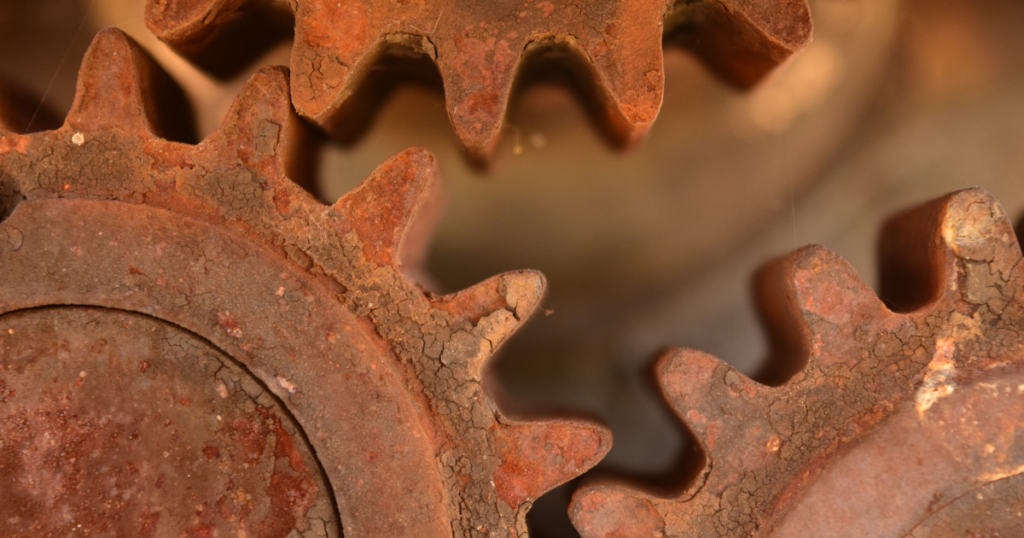
Unlike metals, CFRP, in which epoxy resins are used, has almost no risk of oxidation or corrosion.This is because epoxy resins are corrosion and water resistant, impervious to moisture and oxygen, and carbon fiber itself is also resistant to corrosion.
Therefore, CFRP can be used stably for a long period of time in environments with high corrosion risk, such as salt-affected areas and humid environments.
Can be joined tightly
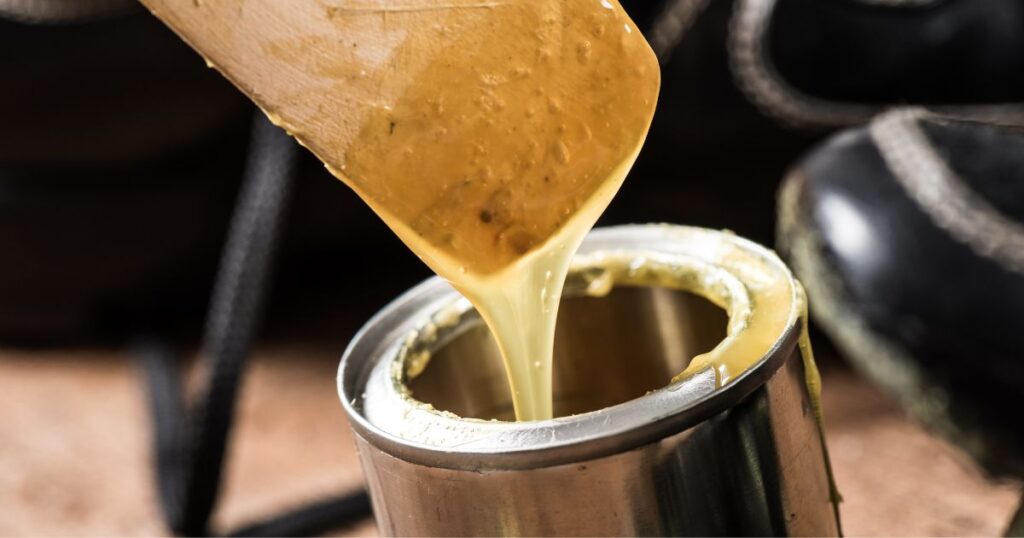
Epoxy resins have a very high affinity with carbon fibers and exhibit excellent adhesive strength.
In the CFRP molding process, epoxy resin is impregnated into carbon fibers in liquid form and then cured to firmly integrate the fibers and resin. This process enables optimal molding according to the shape and application of the product, resulting in a high-strength and durable structure.
Furthermore, the excellent adhesive properties of epoxy resin maximize the strength and rigidity of carbon fiber, greatly improving the overall performance of CFRP.
conducts no electricity
Epoxy resins have non-electrical properties, so they can maintain high insulation properties as CFRP components.This makes it suitable for components that require lightweight yet insulating performance, and it is used in a wide variety of applications in electronics, power equipment, aerospace, and other fields.
This combination of insulating and lightweight properties allows for a much greater degree of freedom in design, enabling the development of high-performance products that could not be achieved with conventional materials.
Resistant to water and moisture
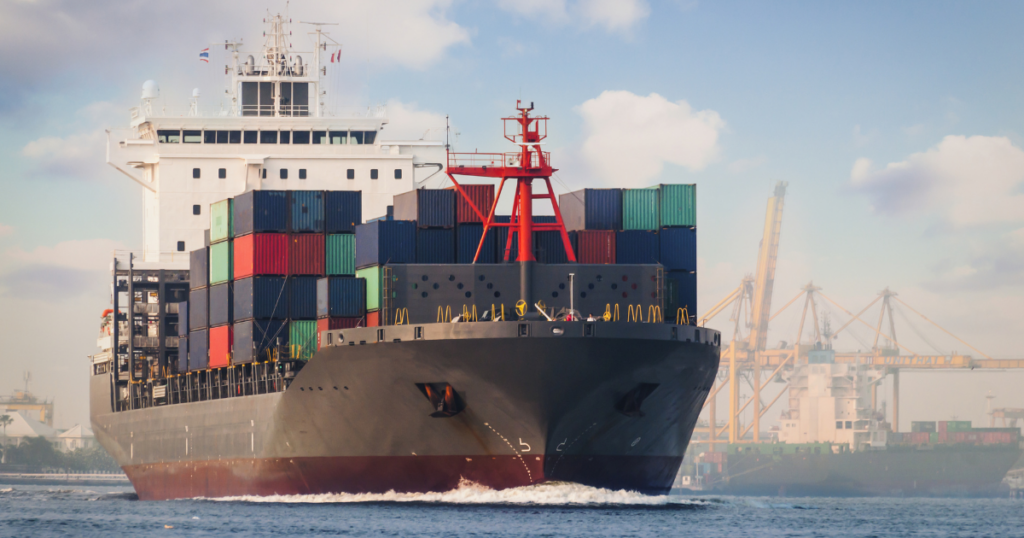
CFRP absorbs very little moisture and is therefore resistant to deterioration and deformation. Therefore,High strength and performance can be maintained even in humid environments or under conditions where water exposure is expected.
Furthermore, the use of epoxy resin, which has excellent water resistance, makes CFRP highly reliable for outdoor applications and in harsh environments, and it is used in a wide range of fields, including ships and wind power generation blades.
Not degraded by chemicals or chemical agents
Epoxy resins have excellent resistance to many chemicals, including acids and alkalis. Due to this property,It can be used in aseptic environments and in equipment that handles chemicals, and is characterized by an extremely low risk of deterioration or alteration even after long-term use.
Its chemically stable properties enable it to maintain its performance even in harsh chemical environments, and it is used in a wide range of fields, including research facilities, medical equipment, and industrial plants.
Performance can be maintained even at high temperatures
Epoxy resins are available in grades with a wide range of heat resistance temperatures, enabling them to perform stably in high-temperature environments.CFRP is actively used as a lightweight material with high strength and heat resistance, especially in fields where severe conditions are required, such as aircraft and rocket components.
Another advantage is that its superior heat resistance allows it to maintain its performance over a long period of time, and it is increasingly being used in next-generation infrastructure construction and as a reinforcement material.
Resistant to external environment such as wind and rain
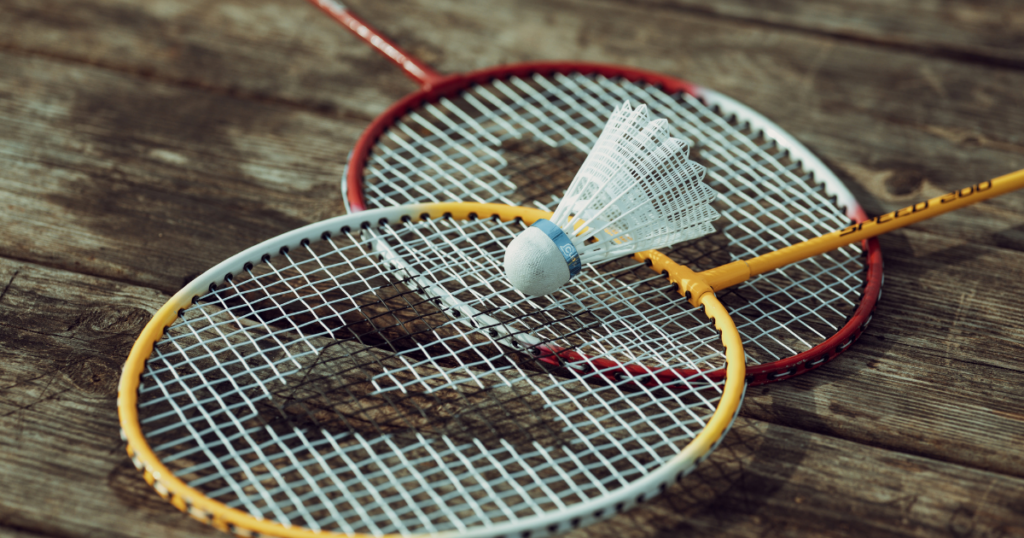
It can maintain its shape and performance stably over a long period of time, even under severe environmental conditions such as wind, rain, snow, and humidity.
Because of its excellent weather resistance, CFRP is used in a wide range of applications, including sports facilities and outdoor equipment. CFRP is also used in sports equipment such as badminton rackets, sailing boats, and ski boards.
Another advantage of these products is that the properties of CFRP make them highly durable and reduce the frequency of maintenance.
Disadvantages of Epoxy Resins
Epoxy resins have disadvantages as well as advantages. The following three disadvantages are discussed here.
- Deteriorates when exposed to ultraviolet light
- Takes time to harden at low temperatures
- fragile
Deteriorates when exposed to ultraviolet light
When epoxy resins are exposed to ultraviolet rays, the surface turns white, a phenomenon known as "chalking.
This phenomenon occurs when ultraviolet rays affect the molecular structure of the resin, causing chemical changes. Therefore, when used outdoors, it is important to add UV-cut agents or paint the surface.
Takes time to harden at low temperatures
Epoxy resins are temperature-sensitive materials and take a long time to harden, especially at low temperatures.
When epoxy resins are mixed with a hardener, a chemical reaction occurs and they gradually cure. The higher the temperature, the faster this chemical reaction proceeds, but the lower the temperature, the slower the reaction, resulting in a slower curing process.
Therefore, when using epoxy resins in winter or cold regions, it is important to control the curing time carefully. In addition, proper temperature control, such as using heating equipment to keep the work environment warm, will help promote efficient curing.
fragile
While epoxy resins have hard and strong characteristics, they are not flexible and tenacious against impact and bending, and are prone to cracking and splitting.This characteristic is particularly visible in environments subjected to sudden force or deformation.
To improve impact resistance, modifiers that impart flexibility should be blended, or reinforcement with carbon or glass fibers should be applied.
These measures compensate for the brittleness of epoxy resins and allow them to be used in a wider range of applications.
Summary
This article has discussed the advantages and disadvantages of epoxy resins used in CFRP.
Epoxy resins are used as matrix resins in many CFRP products because of their "thermosetting" characteristics, high strength, excellent water resistance and adhesiveness.
While there are many advantages, there are also disadvantages, so please check them out if you are interested.
Advanced Digital Manufacturing Platform Taiga
We utilize state-of-the-art technology in a wide range of fields including sheet metal, CNC milling, laser machining, turning, cutting, and 3D printing. Our skilled engineers can propose the best methods for designing and manufacturing complex shapes and new parts to achieve high quality manufacturing.
If you are considering manufacturing parts utilizing CFRP, please contact us!Taiga."Taiga is a free service that allows you to consult with experienced contractors.
We can efficiently proceed with the development of difficult or new parts, small-lot production, prototyping, and mass production while keeping costs low.
For more information about Taiga, click here.
 0120-987-742
0120-987-742